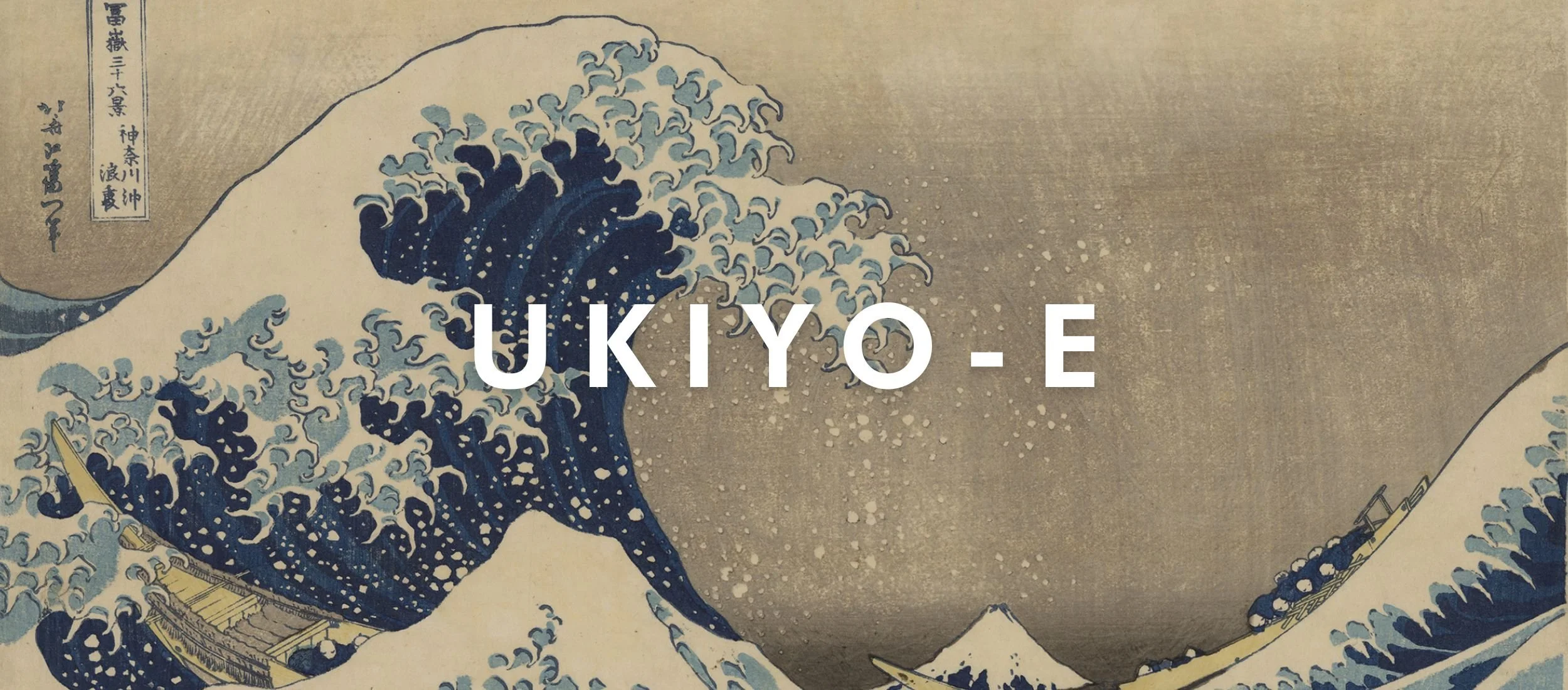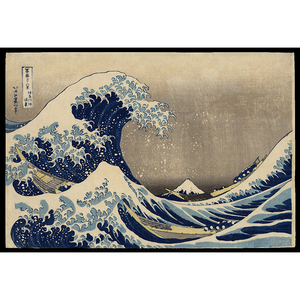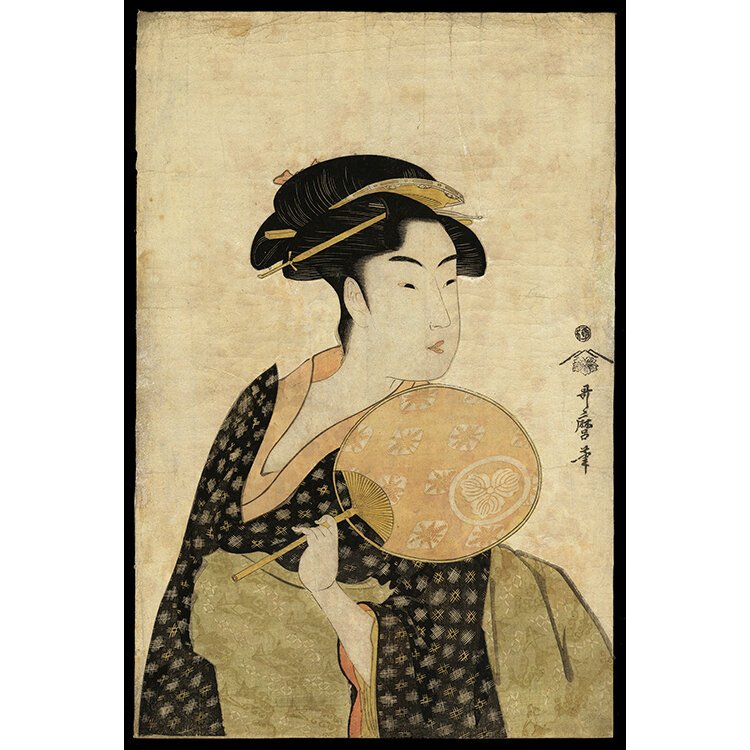THE HISTORY OF UKIYO-E
Ukiyo-e, meaning "pictures of the floating world," originated in Japan during the Edo period (17th–19th centuries) and was initially influenced by Buddhist teachings that referred to the transient, fleeting nature of life. The term "ukiyo" (floating world) reflected the impermanence of life, but over time, it became associated with the pleasures of urban life, particularly in the entertainment districts of Edo (modern-day Tokyo), where Kabuki theater and the pleasure quarter flourished. Ukiyo-e prints often depicted these vibrant scenes, showcasing beautiful courtesans, Kabuki actors, and landscapes. As the genre developed, it became known for its colorful, detailed woodblock prints. Prominent artists in Ukiyo-e include Katsushika Hokusai, known for his iconic "The Great Wave," and Utagawa Hiroshige, famous for his scenic depictions of landscapes. These artists, along with others like Utamaro and Kuniyoshi, helped shape the genre, making it one of Japan’s most influential art forms.
HOW ARE UKIYO-E PRINTS CREATED?
Ukiyo-e prints were created through a highly collaborative process involving multiple skilled craftsmen. The artist would first design the image, often in ink on paper, and then the design would be passed to a woodcarver, who would meticulously carve the image into a wooden block. Multiple blocks were used for different colors, with each one carved to match the artist's vision. After the carving was complete, a printer would then apply pigment to the blocks and press them onto paper, often using a hand-held baren. This process required precision and coordination between the artist, carver, and printer, with each craftsman contributing their expertise to bring the artist's vision to life. The collaborative nature of Ukiyo-e allowed for the mass production of prints, making the genre accessible to a wider audience during the Edo period.











1834
SOLD